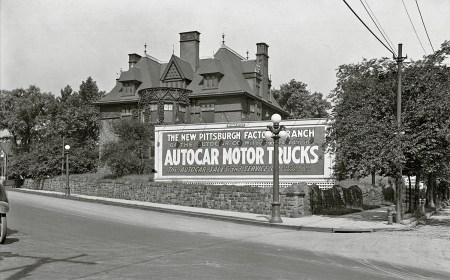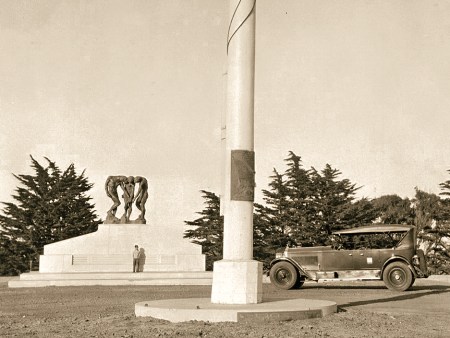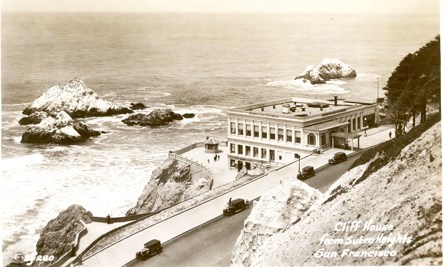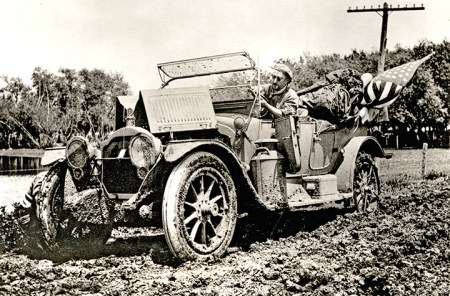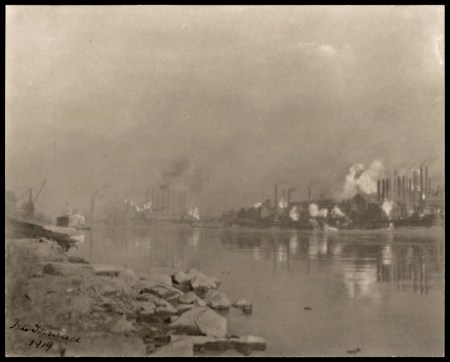LINCOLN HIGHWAY NEWS IS A BLOG BY BRIAN BUTKO
This story started simply: I had an old postcard of a restaurant in Aurora, Illinois, in my LH collection. The back lists the location as “US business Route 30” so I wanted to check if it was truly on the Lincoln Highway (which is not always the same as Route 30). As is often the case, there’s not a lot of info out there on a restaurant from long ago, but what remains paints a story of an interesting family business.
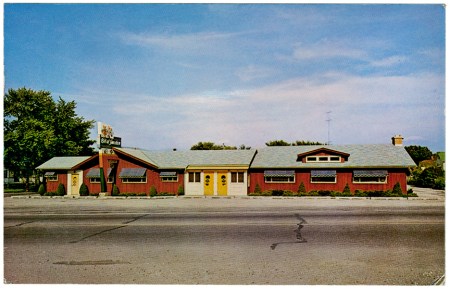
Bit of Sweden Smorgasbord opened in 1955 on the east side of Aurora at 110 Hill Ave, on the southeast corner of Benton/Summit. It was across from today’s Hansens Motel, itself a vintage business still operating. Hill and Benton indeed served as the 2nd generation LH and later US 30.


There was already a Bit of Sweden, closer to Chicago on Rush Road, that had opened about 1930. The Aurora restaurant — which would make sense to be related, though I could find no connection — was run by siblings Arvid (b. 1907) and Edith Nelson. For its next 15 or so years, it received a yearly profile in the local newspaper’s dining section.
A 1965 profile said its neon sign showed a dancing Poyk and Flicka (Swedish for little boy and girl), while inside there were more than 50 foods, a stone fireplace, and themed decor: “The smorgasbord tables are set against a background of a pastoral mural and under special Swedish styled modern lighting.” It also included this ad:

The largest profile, in 1960, described some of the food customers got for $2 buffet, including fish, roast spring chicken, Swedish meatballs, scalloped potatoes, baked ham, prime rib, Swiss steak, soup, and pickled herring. Homemade rolls and bread, dessert, and drinks were included, though no alcohol was permitted.

The last profile ran in 1972; by 1975, the equipment was being auctioned … after the place had been converted to BoJangle’s Discoteque. There ends the trail, and story, of Aurora’s Bit of Sweden.
I could find nothing online about Edith, but Arvid (who passed away in 1986) has a fund named in his honor. The Arvid Nelson Memorial Fund was established in 2013 by his son Alan (b. 1937) to support The Community Foundation of the Fox River Valley, a tax-exempt public charity of funds and resources given by local citizens to enhance and support the quality of life in the Fox River Valley. Visit
https://www.communityfoundationfrv.org/profile/nelson-arvid-fund to learn more.
